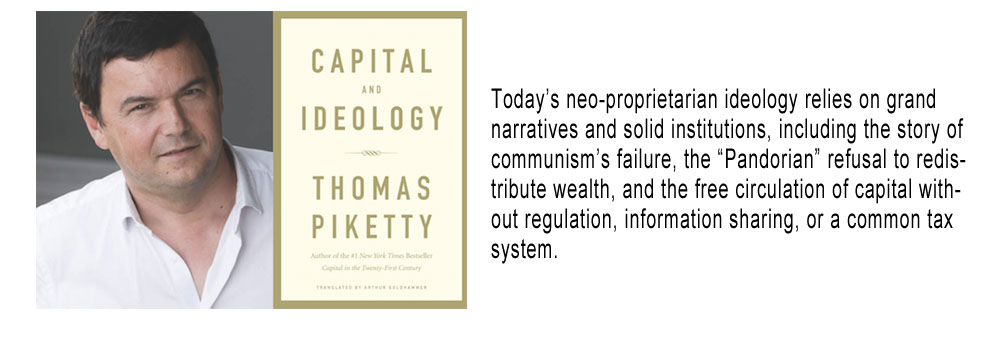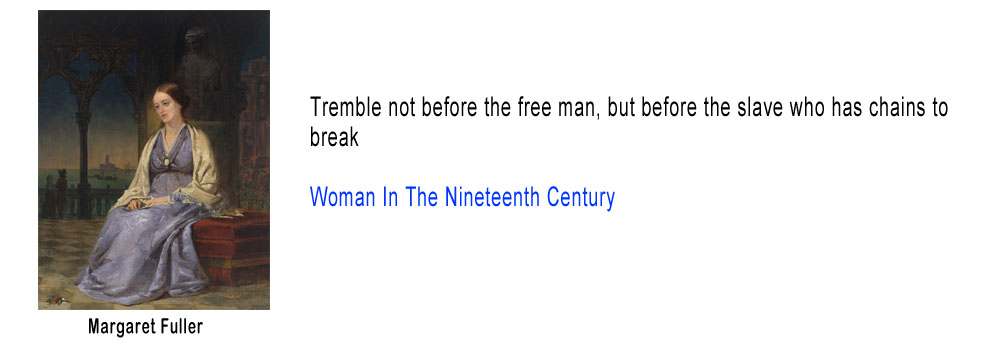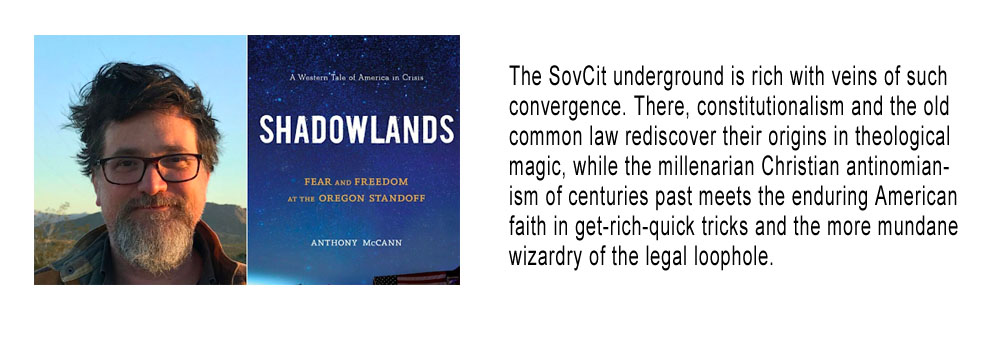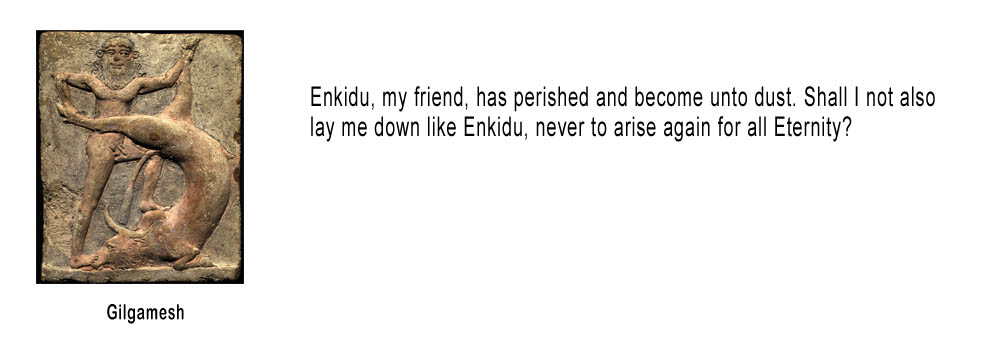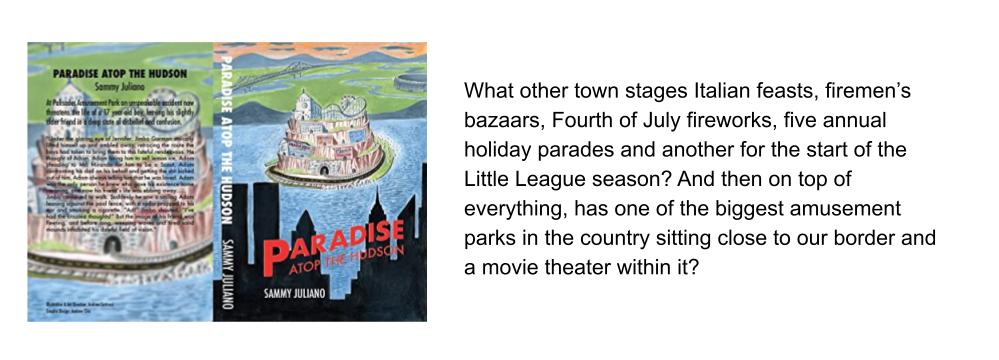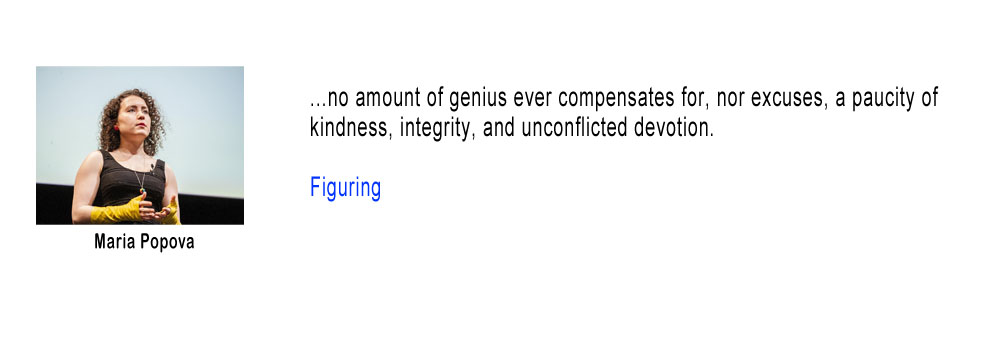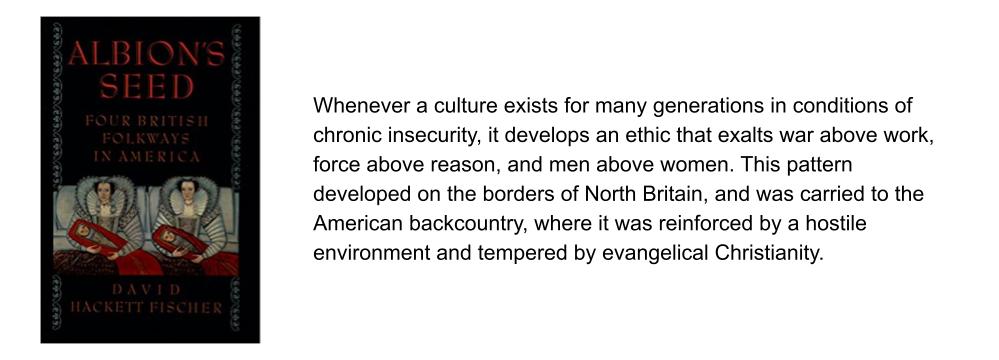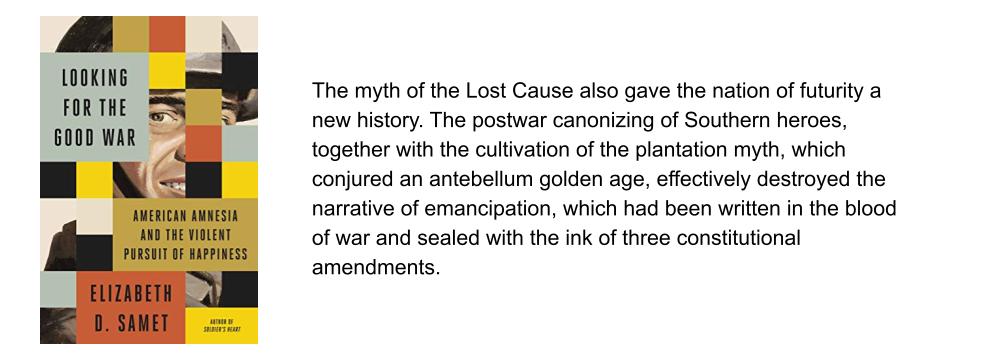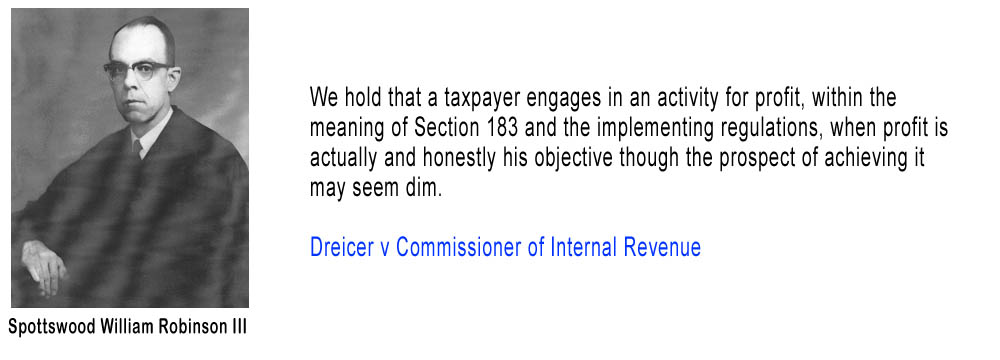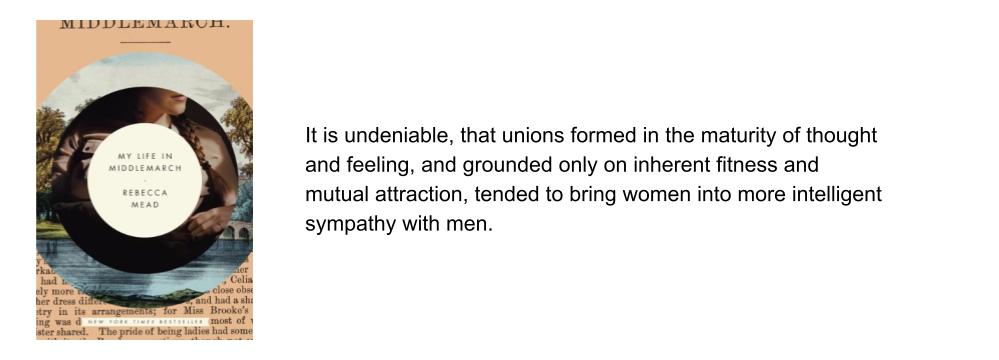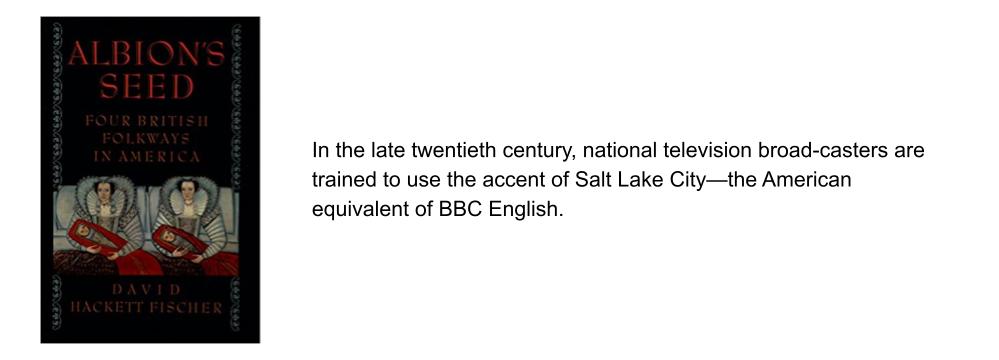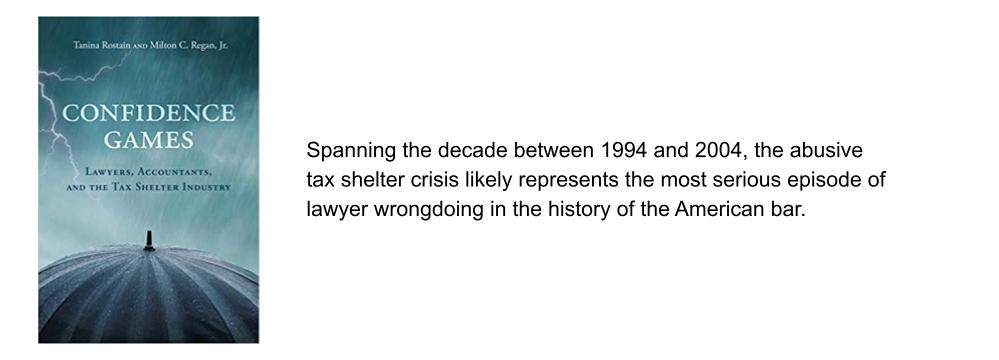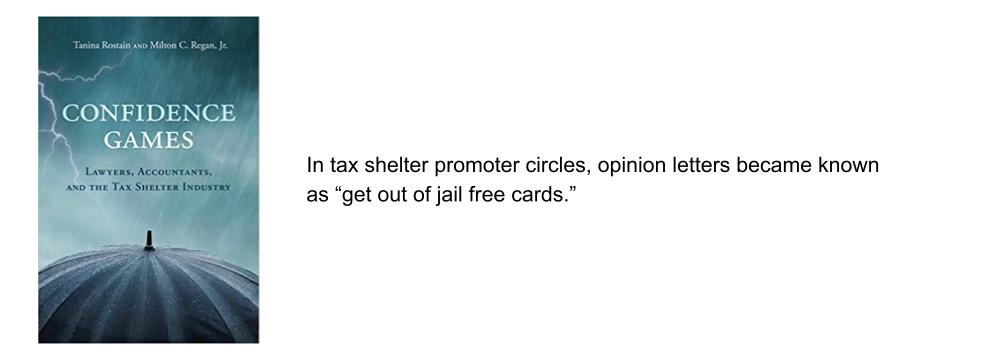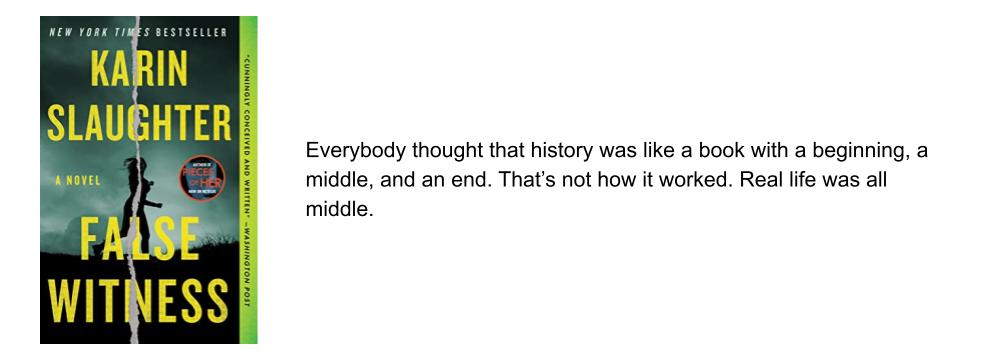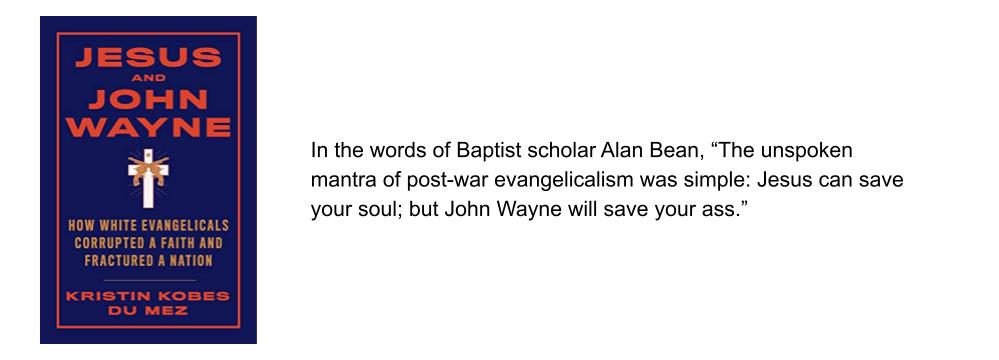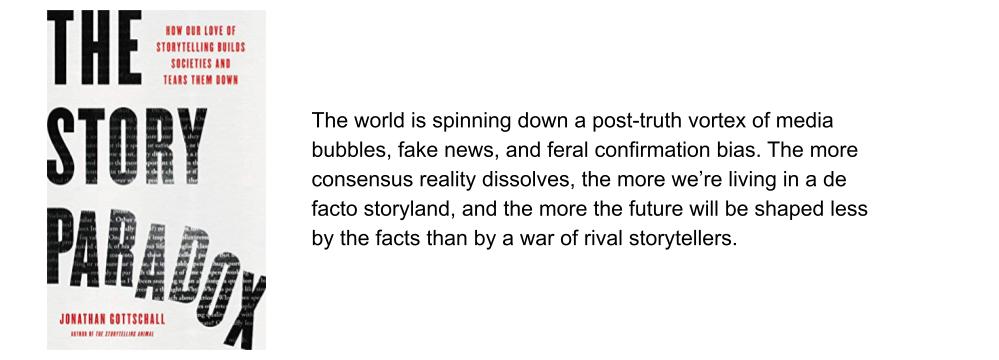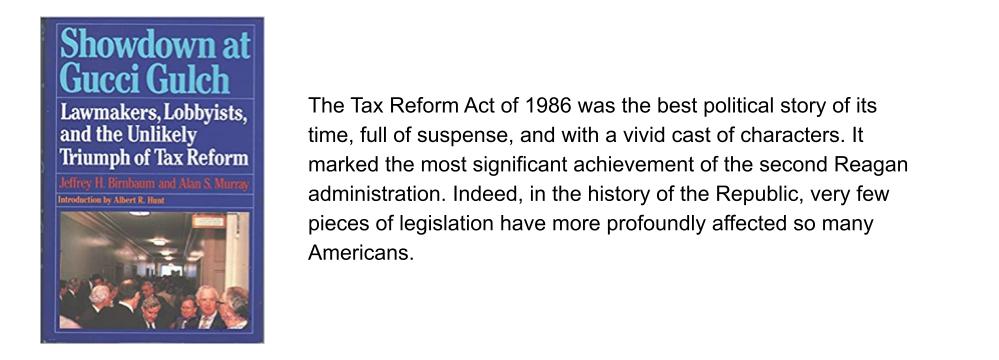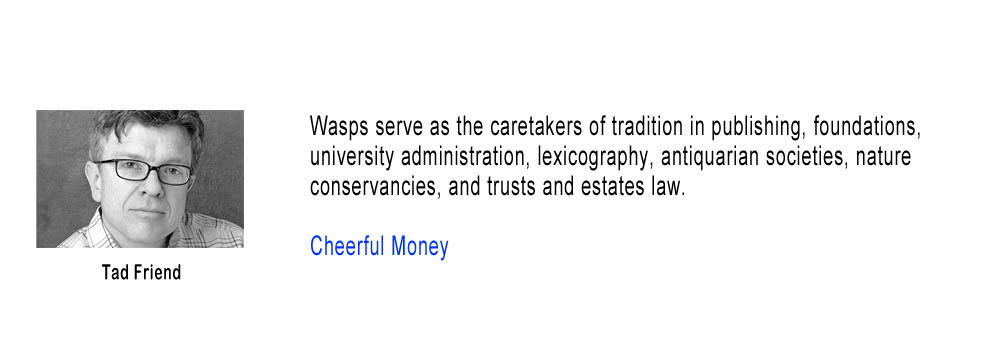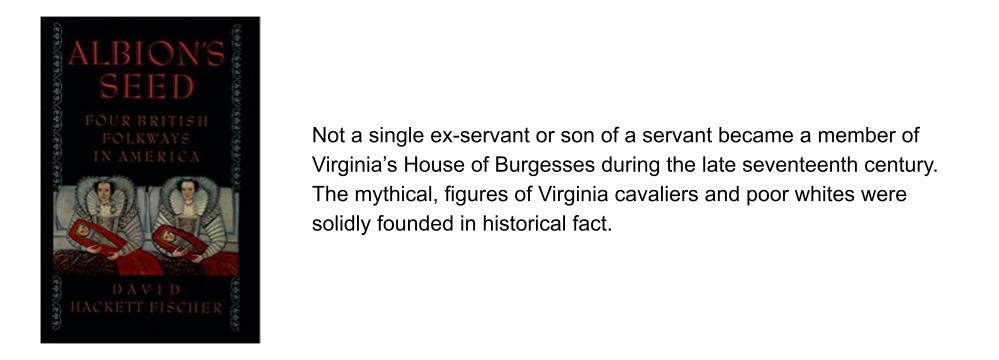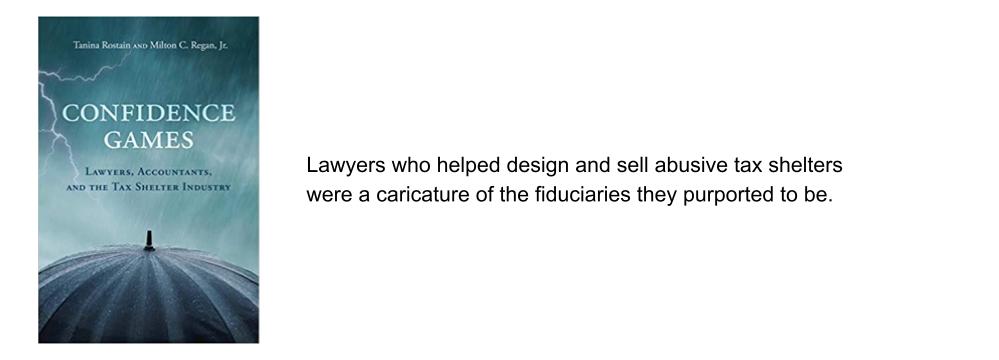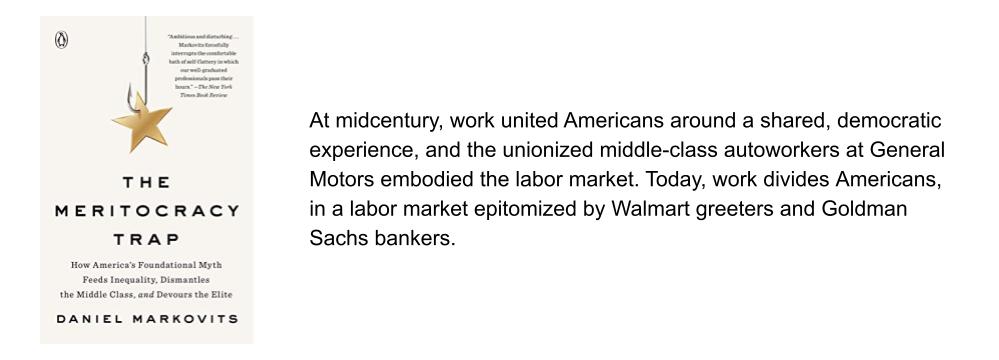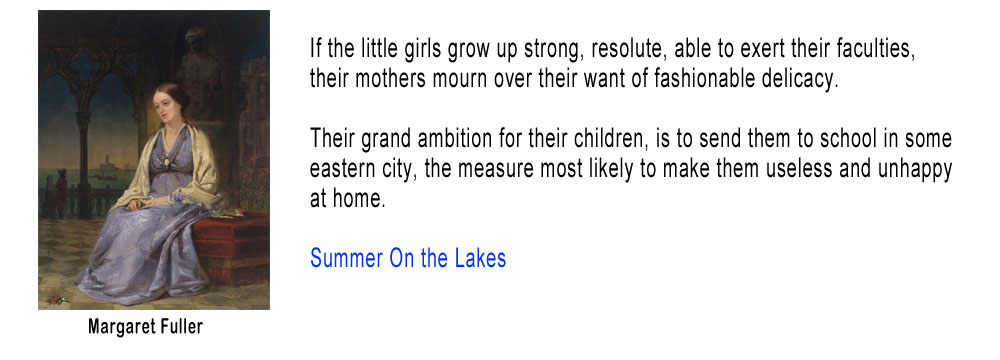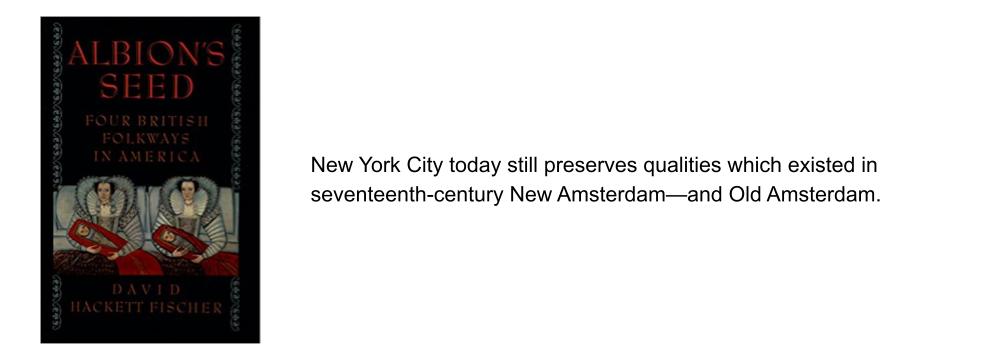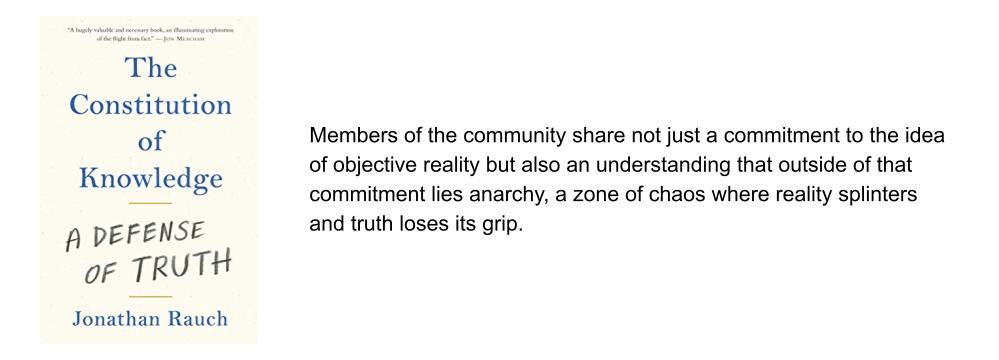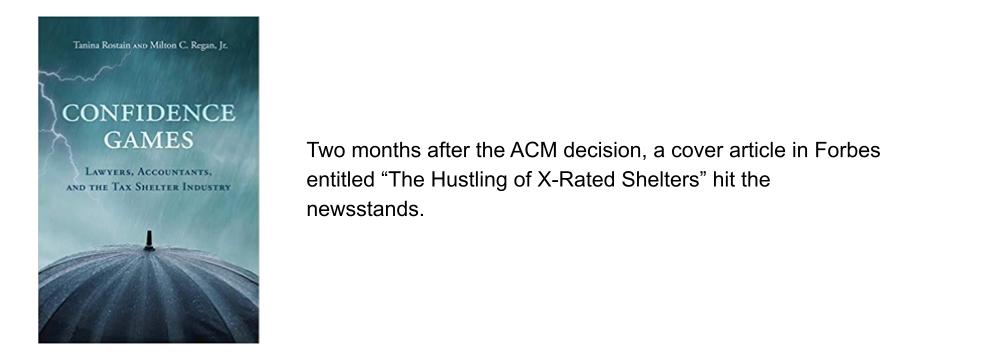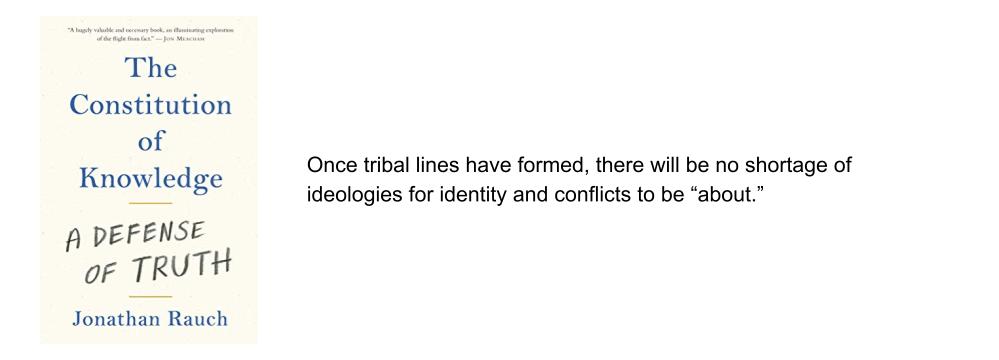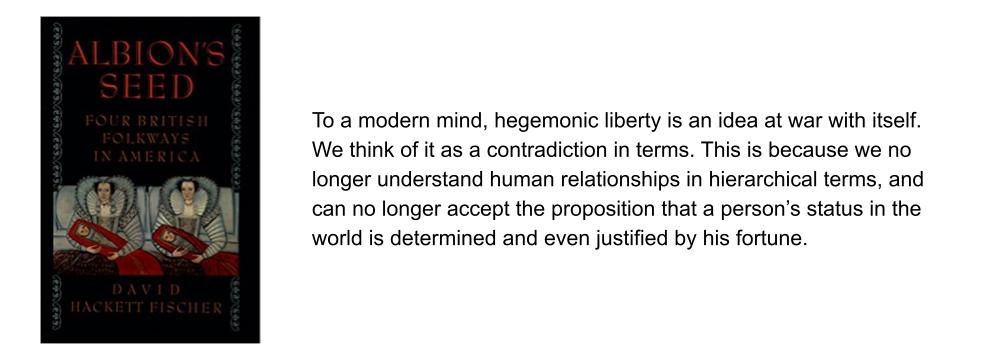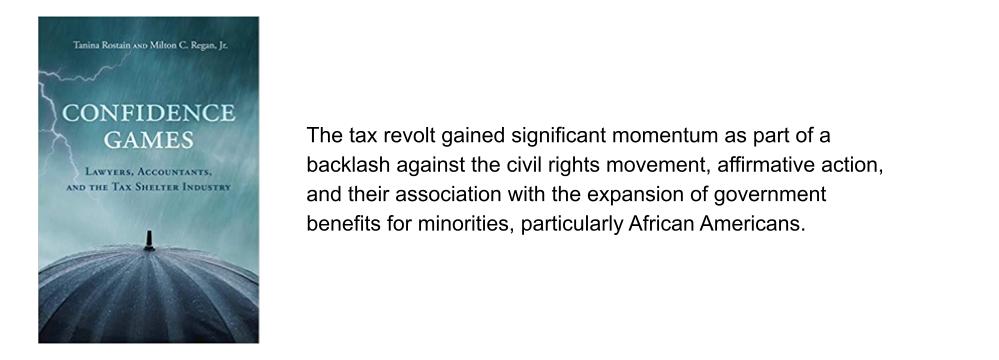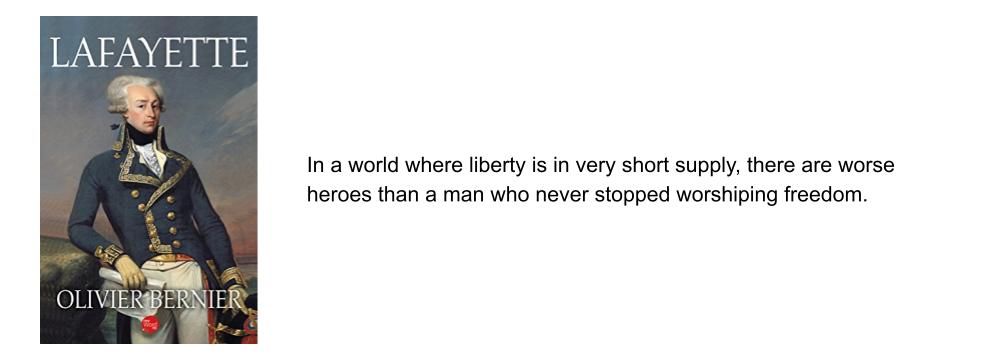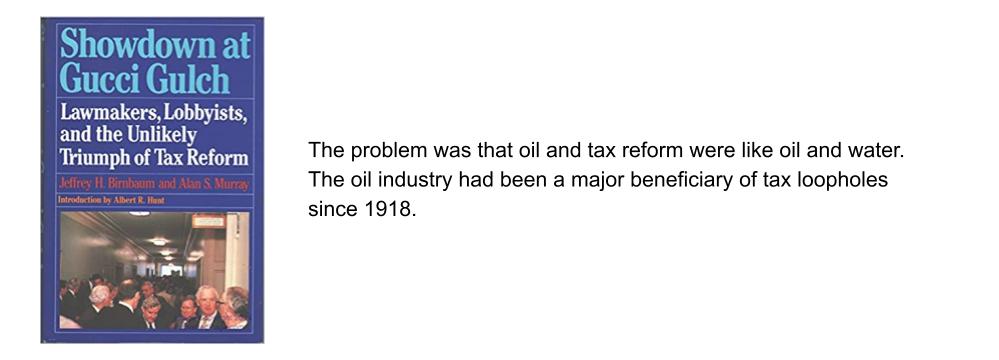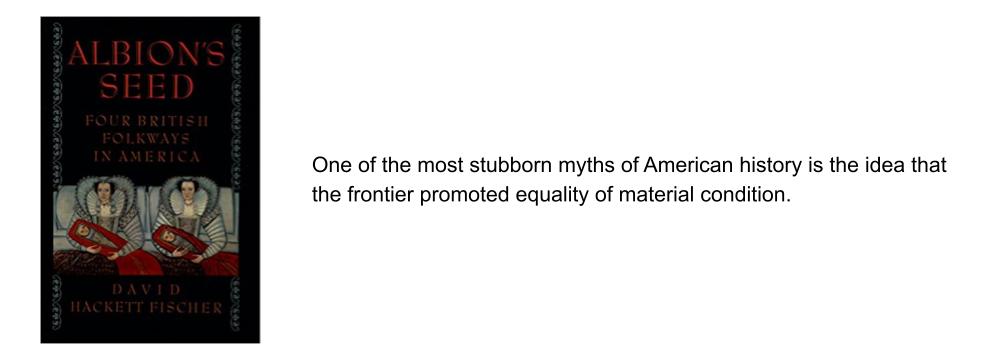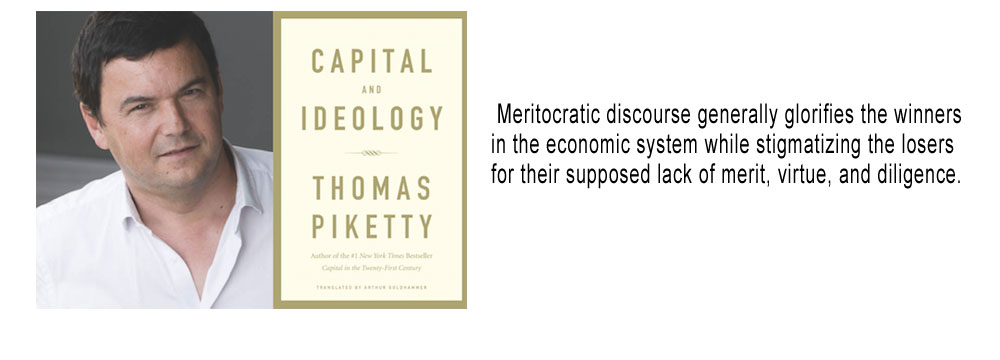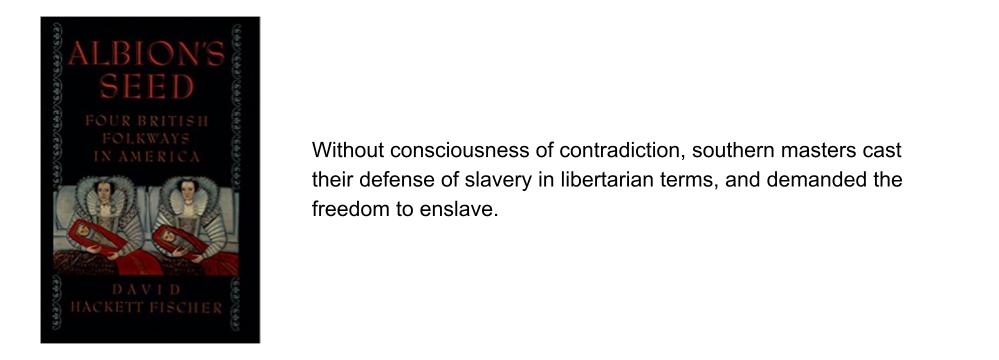Unreimbursed expenses you have to incur as an employee are deductible, but only kind of. They are miscellaneous itemized deductions subject to the 2% floor. You combine them with other miscellaneous itemized deductions, such as investment fees, and you get to deduct them to the extent they exceed 2% of your adjusted gross income as an itemized deduction. So you might get some benefit, unless you are paying the alternative minimum tax, in which case you are screwed. Whether you get a state benefit will vary from state to state.
Expense reimbursements from your employer on the other hand are excludable from your income. Even better, neither you nor your employer have to worry about payroll taxes on expense reimbursements. Are you smelling a win/win here between you and your employer ? Before you leap ahead and start working for no wages, while receiving very generous expense reimbursements I must alert you to another of Reilly’s Laws of Tax Planning – “Most clever ideas have already been thought of and have rules that address them.”
When it comes to the question of wages versus expense reimbursements, we have just received a little more clarification in Revenue Ruling 2012-25. It gives four examples of employers trying to convert wages into expense reimbursements. Only one of them works.
The Cable Guys
Under Employer A’s tool plan, a technician provides Employer A with an amount equivalent to the technician’s tool and equipment expenses incurred in connection with providing services to Employer A. Employer A takes the technician’s total expenses for the year and divides the total amount by the number of hours a technician is expected to work over the course of a year to arrive at an hourly tool rate. Once Employer A has determined the hourly tool rate amount for a technician, it pays the technician a reduced hourly compensation rate and an hourly tool rate. Employer A treats the reduced hourly compensation as taxable wages. Employer A treats the hourly tool rate as a nontaxable reimbursement.
Travelling Nurses
When Employer B sends nurses on assignment to hospitals that require them to travel away from their tax home and incur deductible expenses in connection with Employer B’s business, Employer B treats a portion of the nurses’ hourly compensation as a nontaxable per diem allowance for lodging, meals, and incidental expenses under Employer B’s per diem plan; Employer B treats the remaining portion of the nurses’ hourly compensation as taxable wages. When Employer B sends the nurses on assignment to hospitals within commuting distance of their tax home, Employer B treats all of the nurses’ compensation as taxable wages. In each case, the nurses receive the same total compensation per hour.
Construction Gofers
Employer C, a construction firm, employs workers to build commercial buildings throughout a major metropolitan area. As part of their duties, some of Employer C’s workers are required to travel between construction sites or otherwise use their personal vehicles for business purposes. These workers incur deductible business expenses in operating their personal vehicles in connection with their employment with Employer C. Employer C compensates all of its workers for their services on an hourly basis, which Employer C treats as taxable wages. Employer C also pays all of its workers, including those who are not required to travel or otherwise use their personal vehicles for Employer C’s business, a flat amount per pay period that Employer C treats as a nontaxable mileage reimbursement.
Cleaning Up
Employer D prospectively alters its compensation structure by reducing the hourly compensation paid to all employees. Under Employer D’s new reimbursement arrangement, employees can substantiate to Employer D the actual amount of deductible expenses incurred in purchasing their cleaning products and equipment in connection with performing services for Employer D. Employer D reimburses its employees for substantiated expenses incurred in performing services for Employer D. Any reimbursement paid under Employer D’s reimbursement arrangement is paid in addition to the hourly compensation paid for the employees’ services. Employees who do not incur expenses for cleaning products and equipment in connection with their jobs for Employer D, or who do not properly substantiate such expenses to Employer D, continue to receive the lower hourly compensation and do not receive any reimbursement and are not compensated in another way (for example, with a bonus) to substitute for the reduction in the hourly compensation. Employer D treats the hourly compensation as taxable wages. Employer D treats reimbursements for cleaning and equipment expenses as nontaxable reimbursements.
The cleaning supply example is the only one that works. None of the others meet the “business connection” requirement of an accountable plan. Employees in the other plans are getting paid the same amount regardless of the amount of expenses that they incur. They have the virtue of simplicity. Maybe that is why they do not work.
You can follow me on twitter @peterreillycpa.
Originally published on Forbes.com on September 10th, 2012




